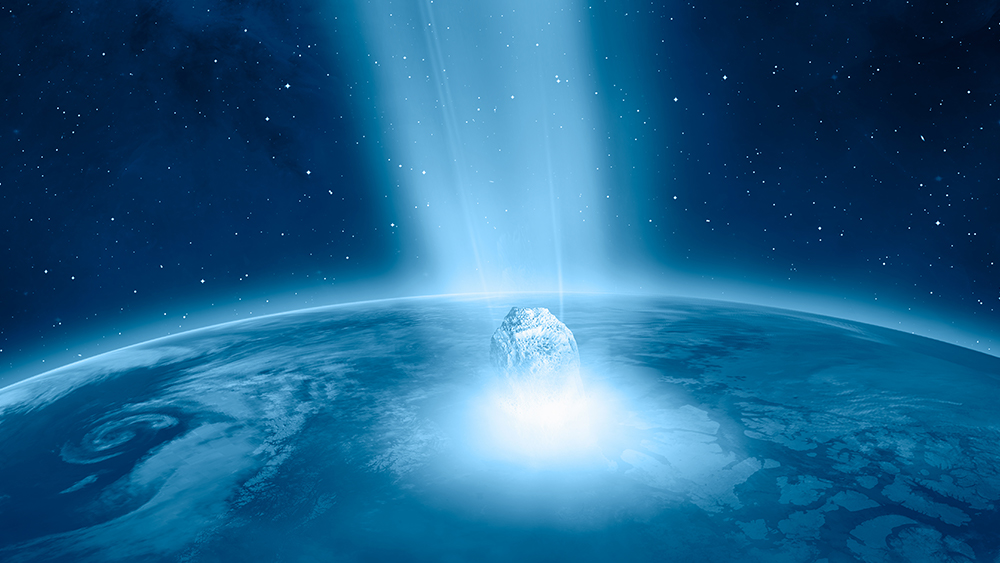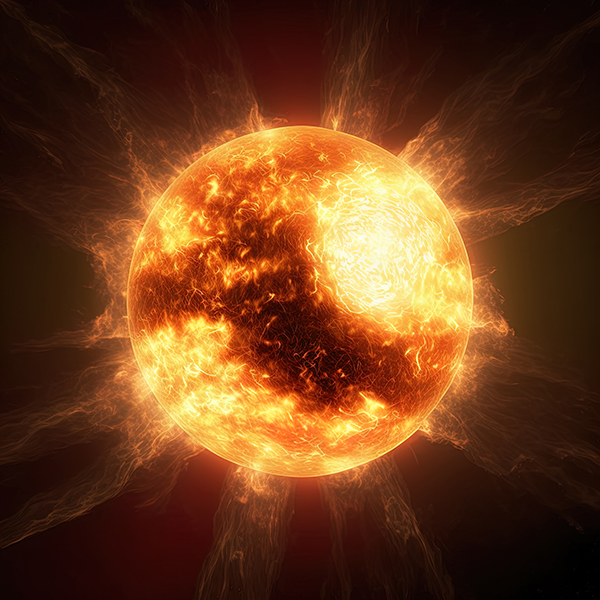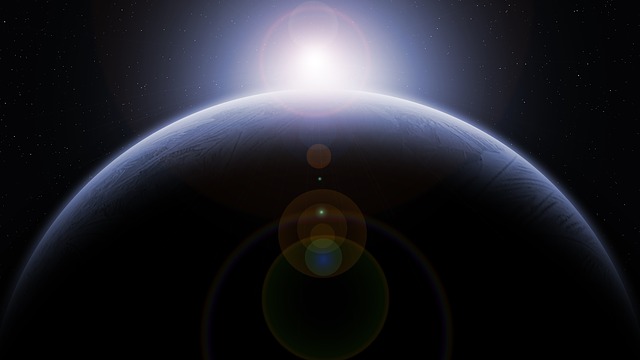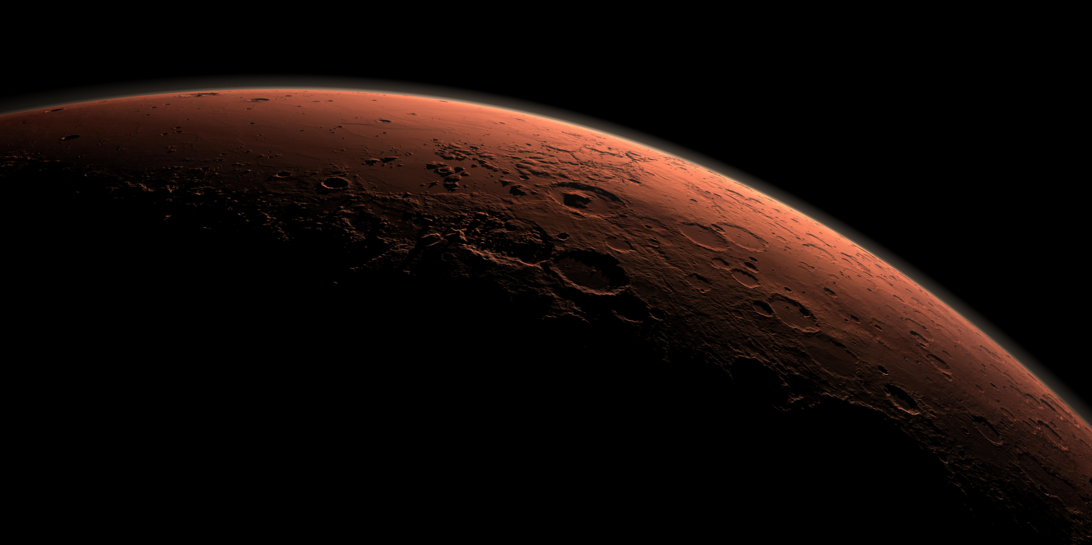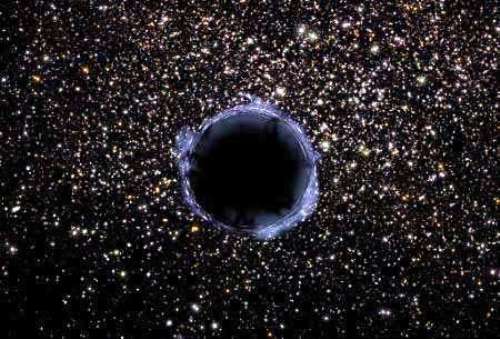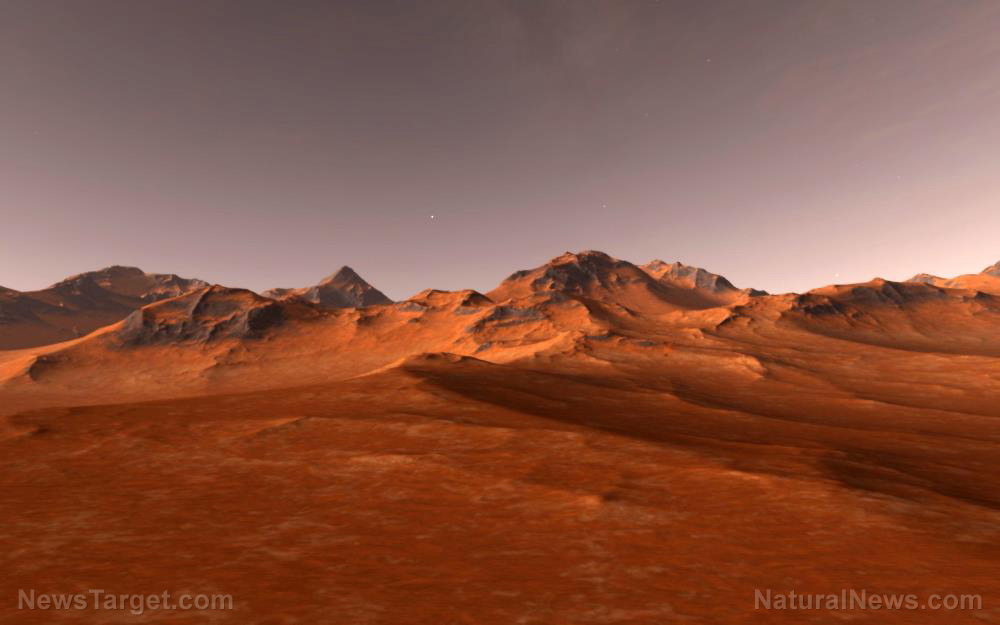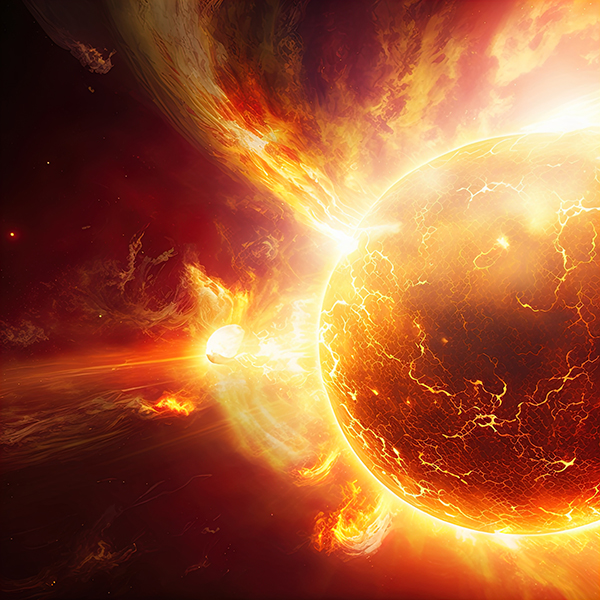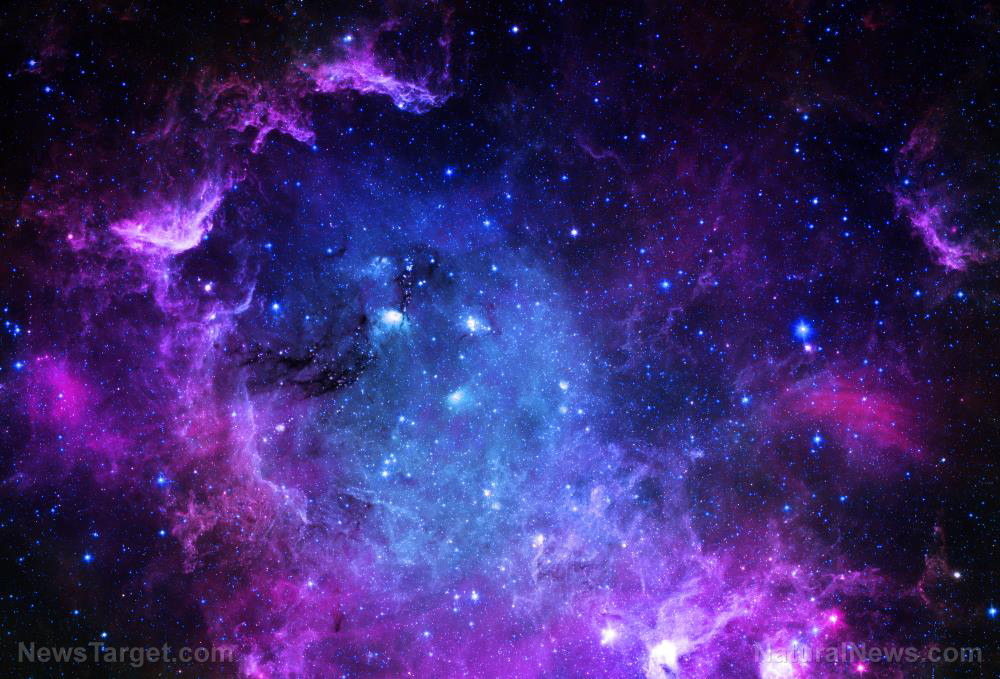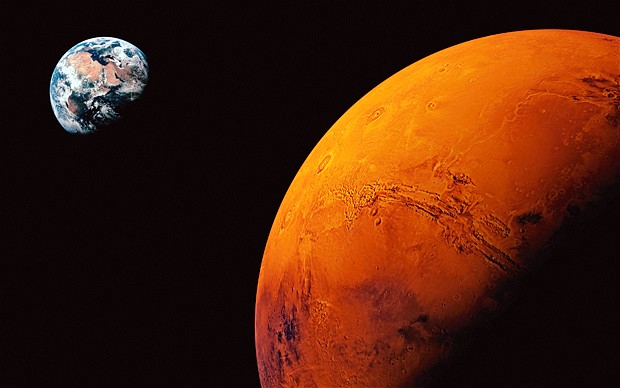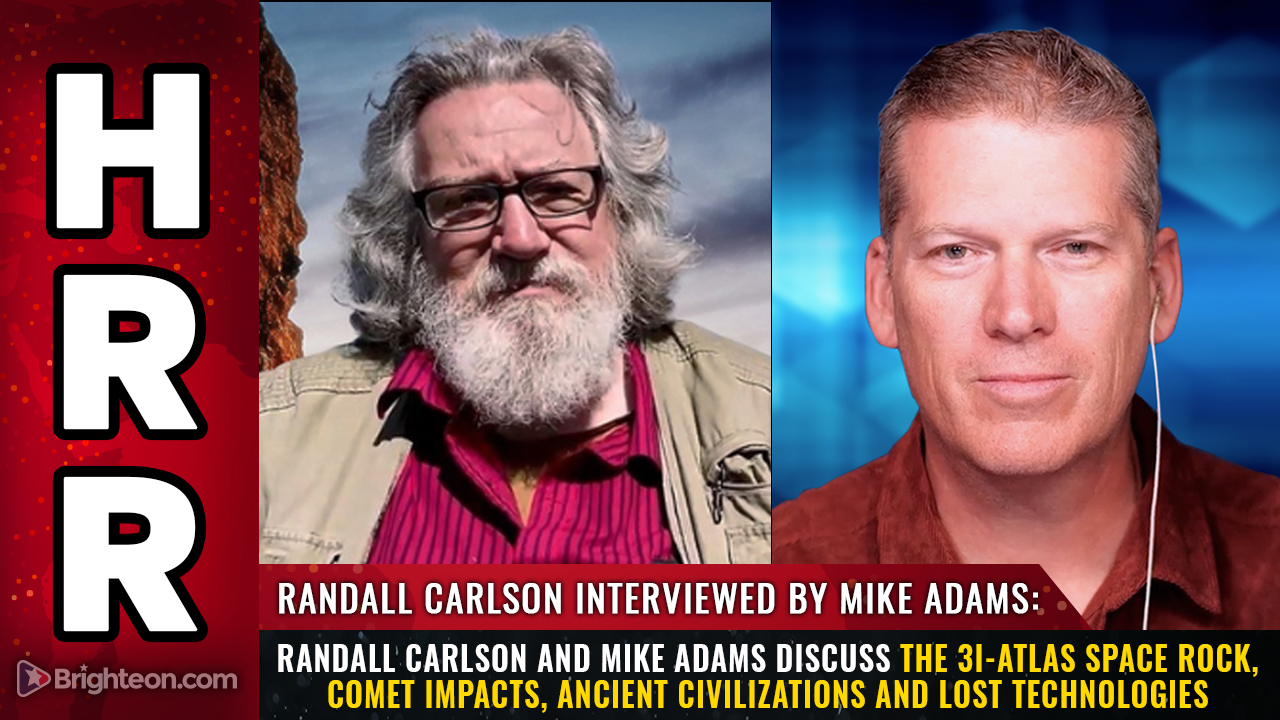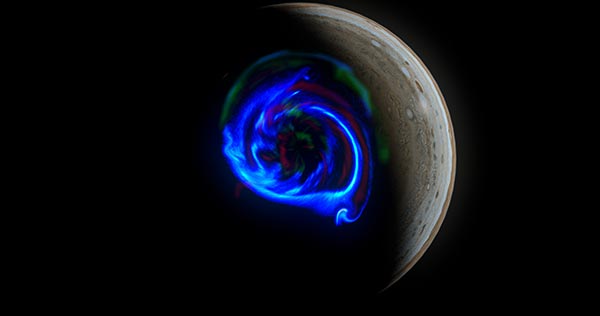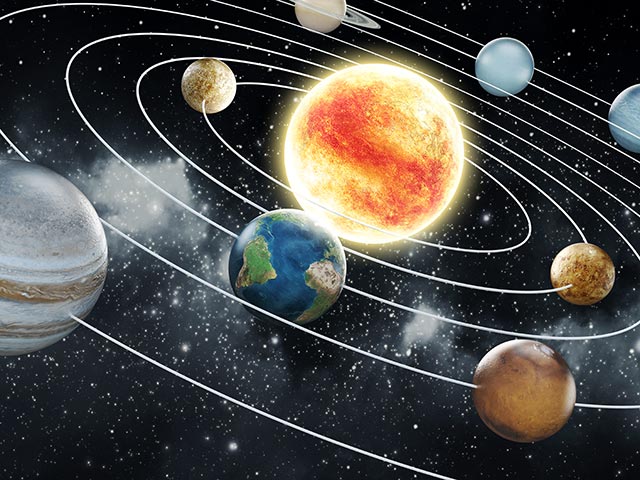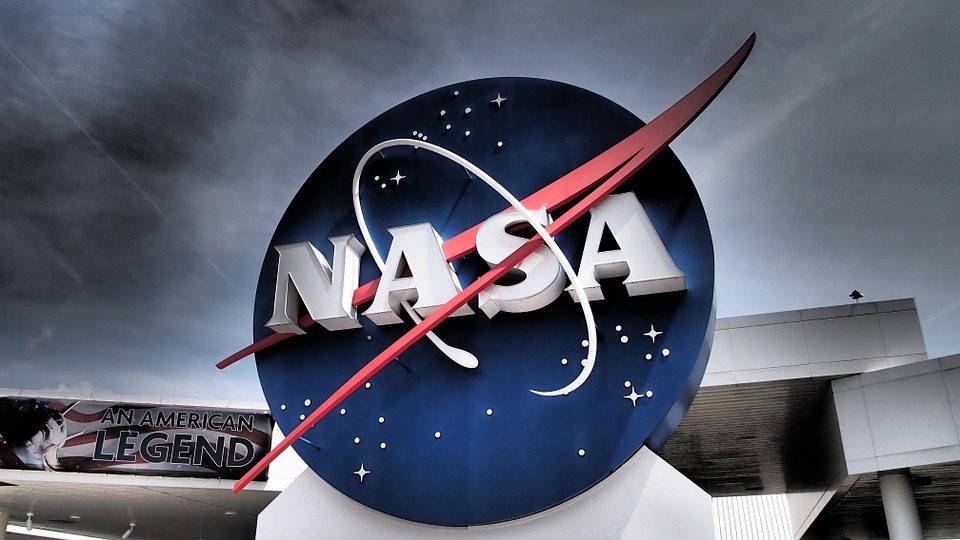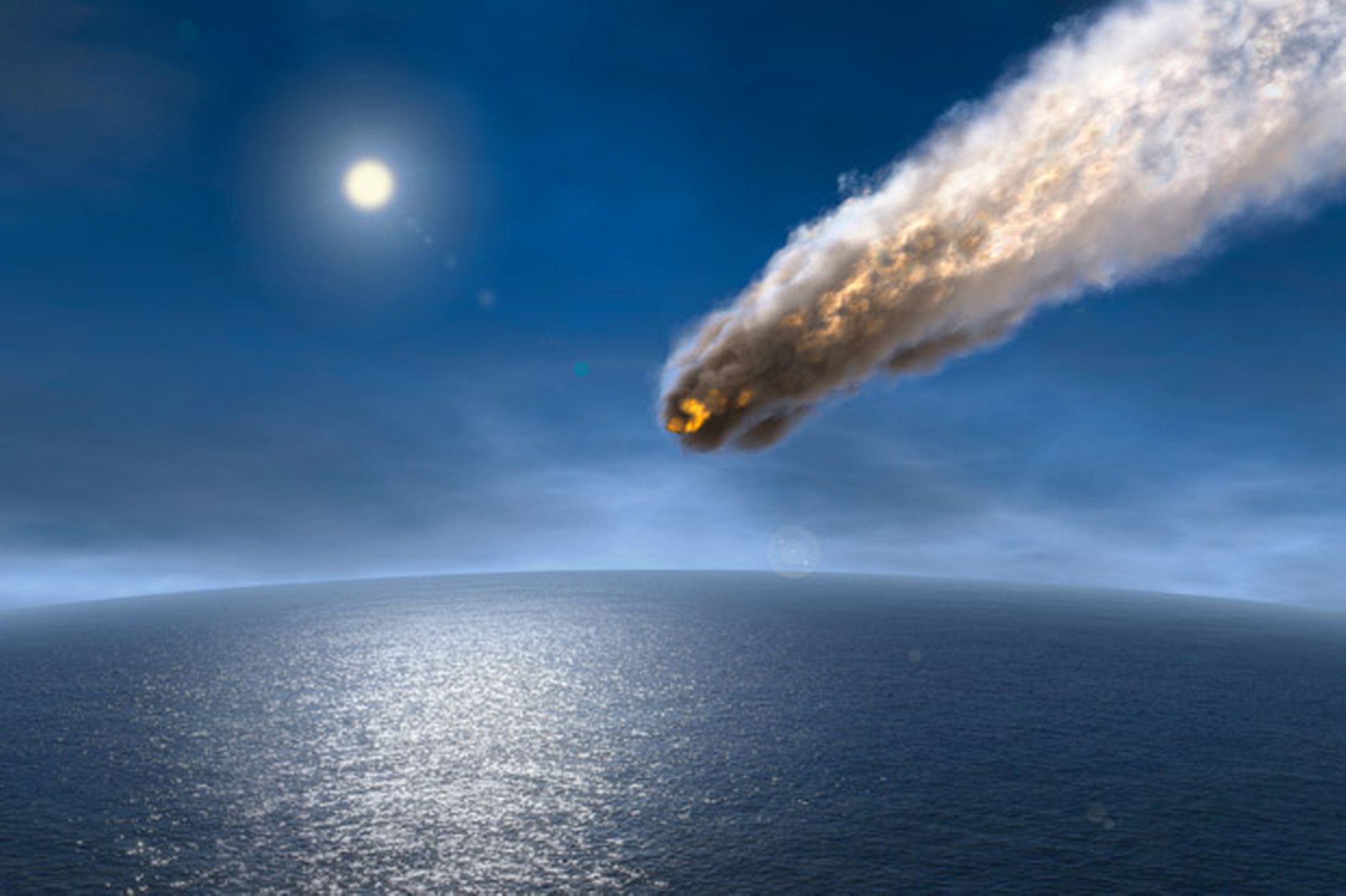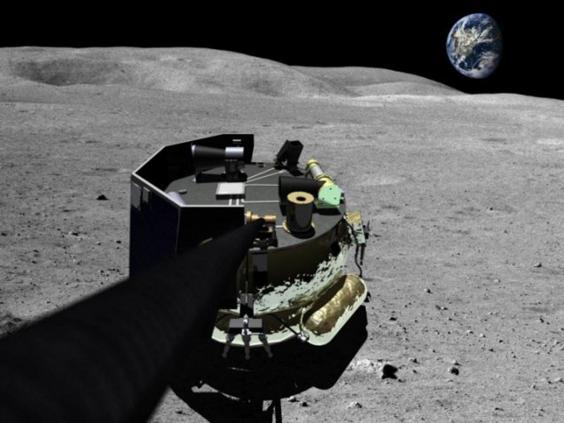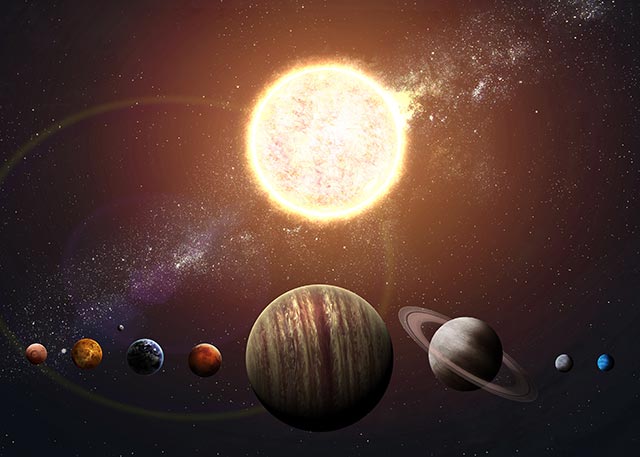Earth’s secret companion: Tiny quasi-moon lurked undetected for 60 years
09/17/2025 / By Cassie B.
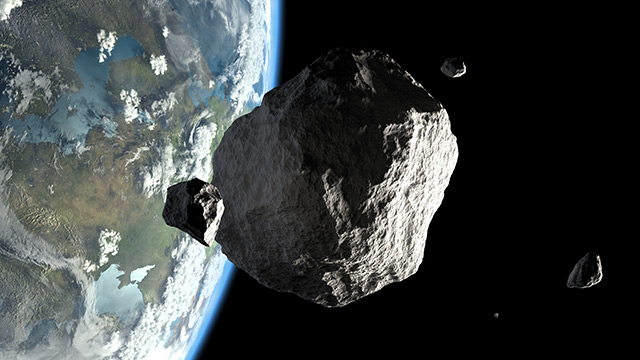
- A newly discovered 62-foot-wide quasi-moon named 2025 PN7 has been orbiting near Earth undetected since the 1960s.
- Scientists confirm it’s the smallest and least stable of Earth’s seven known quasi-moons, moving in a gravitational dance with our planet.
- Quasi-moons like this one may hold clues about Earth’s cosmic history and potential future asteroid threats.
- Gaps in sky surveillance allowed this faint, fast-moving object to evade detection for over six decades.
- While harmless, its discovery highlights how much remains unknown about Earth’s dynamic and crowded orbital neighborhood.
For decades, an unseen celestial traveler has been shadowing Earth, slipping past astronomers’ notice until now. Researchers at Hawaii’s Pan-STARRS observatory recently confirmed the existence of 2025 PN7, a 62-foot-wide asteroid that has been orbiting the Sun in near-perfect sync with our planet since the 1960s. Unlike Earth’s familiar moon, this “quasi-moon” isn’t gravitationally bound to us, yet its presence raises questions about how many more hidden objects may be drifting in our cosmic neighborhood.
The discovery, published in Research Notes of the American Astronomical Society, reveals that 2025 PN7 is the smallest and least stable of Earth’s seven known quasi-moons. While it appears to loop around our planet, it’s actually following its own solar orbit, maintaining distances between 2.8 million and 37 million miles from Earth. According to the study’s co-author, Carlos de la Fuente Marcos of Spain’s Complutense University of Madrid, its diminutive size and faint visibility made it easy to overlook. “It is small, faint, and its visibility windows from Earth are rather unfavorable,” he said, “so it is not surprising that it went unnoticed for that long.”
A cosmic sleight of hand
Quasi-moons like 2025 PN7 belong to a class of asteroids called Arjunas, which share Earth’s orbital path around the Sun. Unlike true moons, they don’t circle Earth directly but instead move in a gravitational dance that makes them appear as temporary companions. The first such object, 1991 VG, was discovered in — you guessed it — 1991, sparking wild theories at the time that it might be an alien probe. Today, scientists widely accept these objects as natural, although their origins remain mysterious.
“Quasi-moons and minimoons are pieces of our neighborhood in space,” explains The Planetary Society, “and they carry information about where they come from.” Some may have broken off from the main asteroid belt, while others could be fragments from lunar impacts. Studying them could unlock clues about Earth’s cosmic history — and even future threats. With the Vera C. Rubin Observatory in Chile now operational, astronomers expect to find many more of these stealthy travelers.
The limits of sky surveillance
The fact that 2025 PN7 evaded detection for six decades underscores gaps in our ability to track near-Earth objects. Unlike the bright, steady glow of our moon, quasi-moons are small, fast-moving, and dim, requiring powerful telescopes to spot. French journalist Adrien Coffinet, who first flagged the asteroid’s unusual orbit in August, noted that it will likely remain in its current pattern for another 60 years before drifting away.
This isn’t the first time a quasi-moon has played hide-and-seek. Kamo’oalewa, another well-known example, has been in an Earth-like orbit for 381 years, which is far longer than 2025 PN7’s relatively brief 128-year stint. Yet even these “temporary” companions offer valuable data. “They might originate in the main asteroid belt, from impacts on the Moon, or from the break-up of larger objects on similar orbits,” researchers note. Understanding their composition could help assess risks from larger, more dangerous asteroids.
A reminder of Earth’s vulnerable place in space
The discovery arrives at a time when space agencies are increasingly focused on planetary defense. While 2025 PN7 poses no threat — it’s too small to survive atmospheric entry — its existence is a reminder that Earth’s orbit is far from empty. Between quasi-moons, minimoons (which briefly orbit Earth before escaping), and the occasional rogue asteroid, our planet is part of a dynamic, ever-changing system.
For now, 2025 PN7 remains a silent observer, drifting in the shadows of our solar system’s grand ballet. But as telescopes grow more advanced, more of these cosmic stowaways will likely emerge from the dark. If a 62-foot space rock can hide in plain sight for 60 years, imagine what else might be out there waiting to be found. The question isn’t if we’ll find more objects; it’s what they’ll teach us about the universe we thought we knew.
Sources for this article include:
Submit a correction >>
Tagged Under:
2025 PN7, Arjunas, asteroids, breakthrough, cosmic, discoveries, Earth, Moon, quasi-moon, real investigations, research, solar system, Space, space exploration
This article may contain statements that reflect the opinion of the author
RECENT NEWS & ARTICLES
Cosmic.News is a fact-based public education website published by Cosmic News Features, LLC.
All content copyright © 2018 by Cosmic News Features, LLC.
Contact Us with Tips or Corrections
All trademarks, registered trademarks and servicemarks mentioned on this site are the property of their respective owners.

